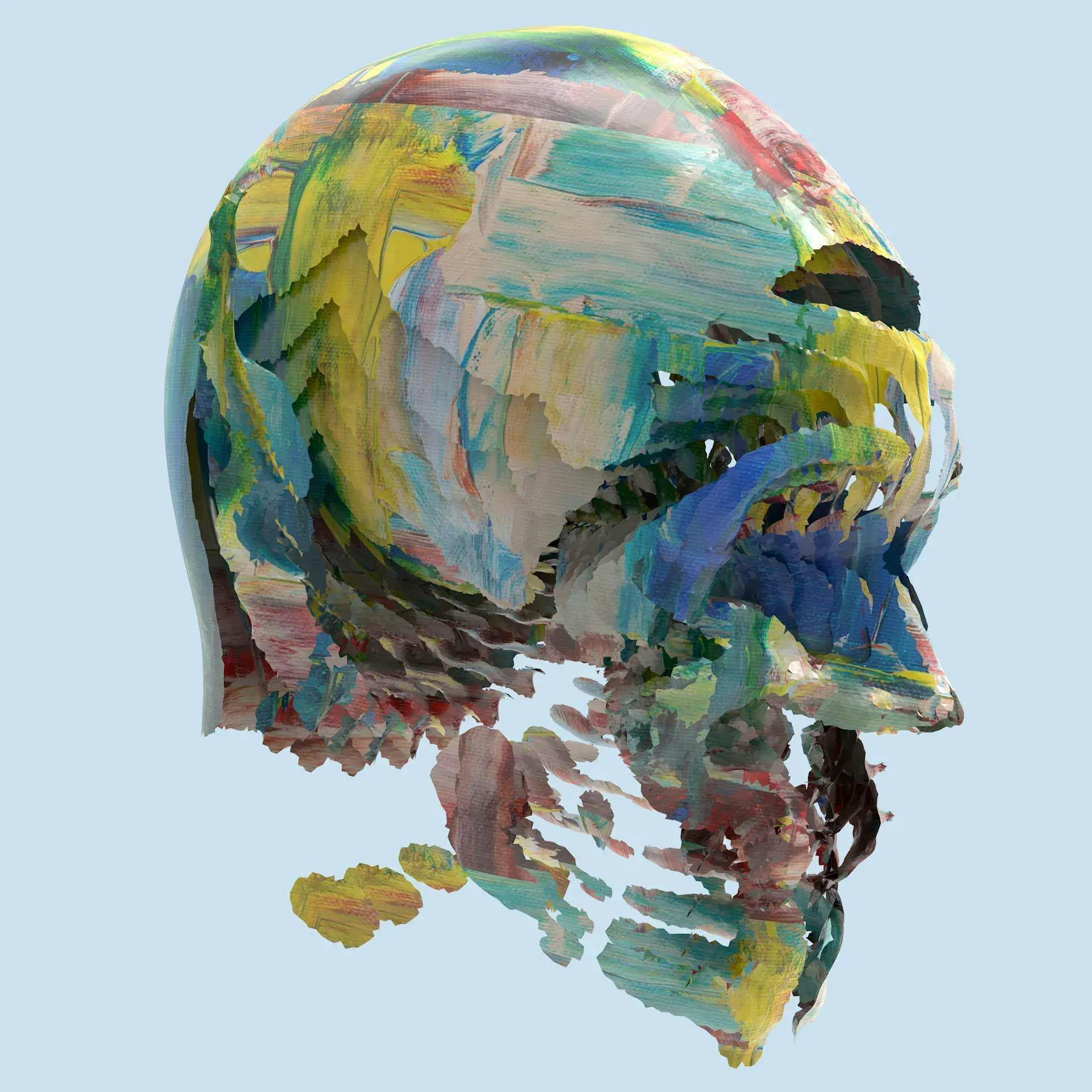Discovering the 12 Branding Archetypes: Unveiling the Secrets Behind Successful Brands
Summary
Brands are more than just products or services; they evoke emotions, create connections, and establish a unique position in the market.
Design
Category:
Brand Voice
, Marketing
Date:Jan 10, 2024

In the world of marketing and branding, understanding the fundamental elements that shape a brand's identity and appeal is crucial. Brands are more than just products or services; they evoke emotions, create connections, and establish a unique position in the market. To achieve this, many successful brands align themselves with specific archetypes - timeless patterns of behavior and traits deeply embedded in human psychology. In this blog post, we will explore the 12 branding archetypes, shedding light on their characteristics, examples, and how they can be effectively utilized to create compelling brand narratives.
1. The Innocent:
The Innocent archetype represents simplicity, purity, and optimism. Brands that embody this archetype evoke a sense of nostalgia and often focus on safety, happiness, and a straightforward approach. Examples include Coca-Cola, Dove, and Toms.
2. The Explorer:
The Explorer archetype embodies freedom, adventure, and self-discovery. Brands that align with this archetype encourage individuals to explore, discover new things, and step out of their comfort zones. Examples include Patagonia, Jeep, and The North Face.
3. The Sage:
The Sage archetype represents wisdom, knowledge, and enlightenment. Brands embodying this archetype often offer insights, guidance, and solutions to complex problems. Examples include TED Talks, National Geographic, and Harvard.
4. The Hero:
The Hero archetype symbolizes bravery, strength, and resilience. Brands aligned with this archetype focus on empowering customers, overcoming challenges, and achieving greatness. Examples include Nike, BMW, and Superman.
5. The Magician:
The Magician archetype represents transformation, innovation, and enchantment. Brands associated with this archetype offer unique experiences, promising to make dreams come true. Examples include Disney, Apple, and Tesla.
6. The Lover:
The Lover archetype embodies passion, intimacy, and sensuality. Brands aligned with this archetype evoke emotions, inspire desire, and emphasize personal connections. Examples include Victoria's Secret, Chanel, and Godiva.
7. The Jester:
The Jester archetype symbolizes humor, spontaneity, and joy. Brands embodying this archetype aim to entertain, bring laughter, and create a lighthearted atmosphere. Examples include M&M's, Old Spice, and Coca-Cola's polar bear campaign.
8. The Everyman:
The Everyman archetype represents relatability, inclusiveness, and down-to-earth values. Brands associated with this archetype aim to connect with everyday people, emphasizing affordability and practicality. Examples include IKEA, Walmart, and Levi's.
9. The Ruler:
The Ruler archetype embodies leadership, control, and authority. Brands aligned with this archetype emphasize status, luxury, and a sense of exclusivity. Examples include Rolex, Rolls-Royce, and American Express.
10. The Caregiver:
The Caregiver archetype represents compassion, generosity, and nurturing. Brands embodying this archetype focus on providing support, empathy, and creating a safe environment. Examples include Johnson & Johnson, UNICEF, and Subaru.
11. The Creator:
The Creator archetype symbolizes innovation, imagination, and self-expression. Brands aligned with this archetype encourage individuality, artistic expression, and the pursuit of creativity. Examples include Lego, Adobe, and Etsy.
12. The Outlaw:
The Outlaw archetype represents rebellion, nonconformity, and breaking the rules. Brands associated with this archetype challenge the status quo, encourage individual freedom, and often have a rebellious spirit. Examples include Harley-Davidson, Diesel, and Apple's "Think Different" campaign
Exploring the 12 branding archetypes has provided us with a glimpse into the diverse strategies that successful brands employ to establish their identities and forge connections with consumers. Each archetype offers a unique set of characteristics, allowing brands to tap into the deep-seated desires and aspirations of their target audience.
From the Innocent's simplicity and nostalgia to the Explorer's sense of adventure, from the Sage's wisdom to the Hero's empowerment, each archetype offers a pathway to creating a compelling brand narrative. By understanding these archetypes, marketers and brand strategists can shape their messaging, design, and overall brand experience to align with the desires and expectations of their target audience.
However, it is important to remember that archetypes are not rigid molds but rather flexible frameworks. Brands can draw inspiration from multiple archetypes or adapt them to suit their specific goals and values. It is the authenticity and consistency with which these archetypes are incorporated that truly resonate with consumers.
As you embark on your brand-building journey, consider the core elements that define your brand's identity, values, and target audience. Reflect on the archetypes that closely align with your brand's essence and explore how you can infuse them into your messaging, visuals, and overall customer experience. Strive to create an emotional connection, evoke positive associations, and build trust with your audience.
Remember, successful branding goes beyond products or services – it is about crafting an experience that captures the hearts and minds of consumers. By leveraging the power of archetypes, you can unlock the secrets behind the success of some of the world's most beloved and influential brands.
So, embrace the archetypes, unleash your brand's potential, and embark on a journey of storytelling, connection, and growth that leaves a lasting impression on your target audience.
Related Articles


